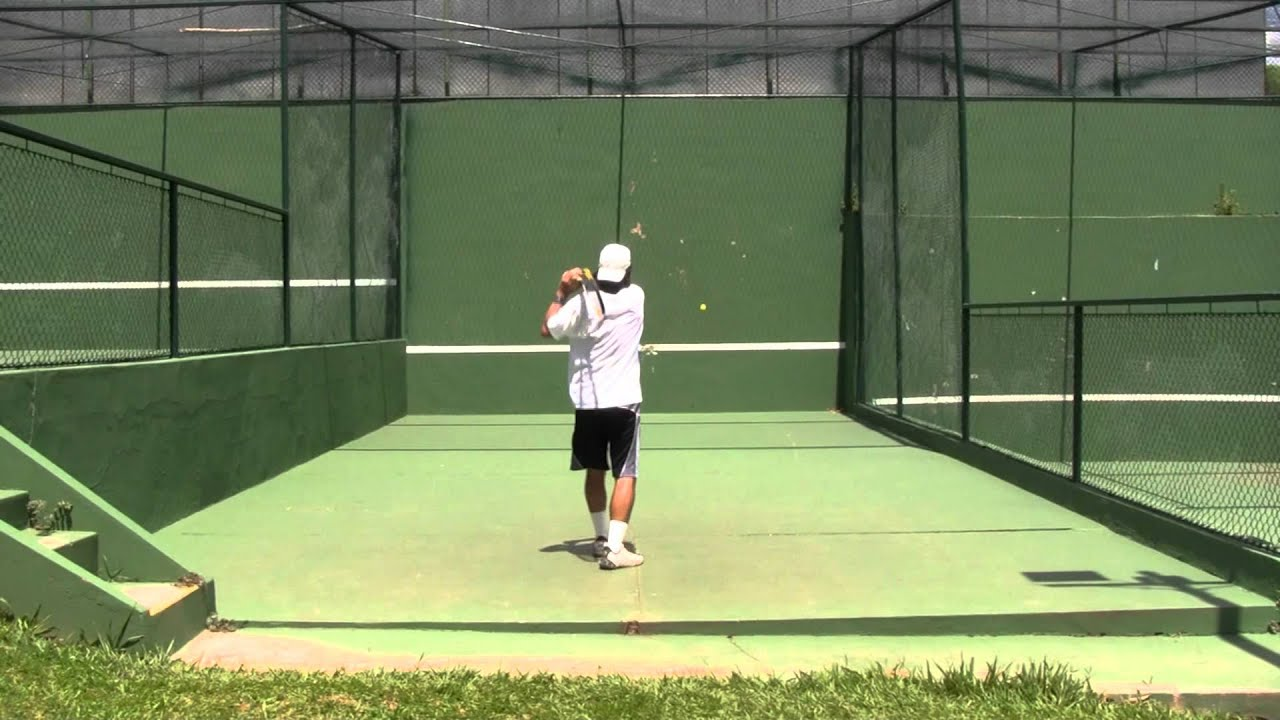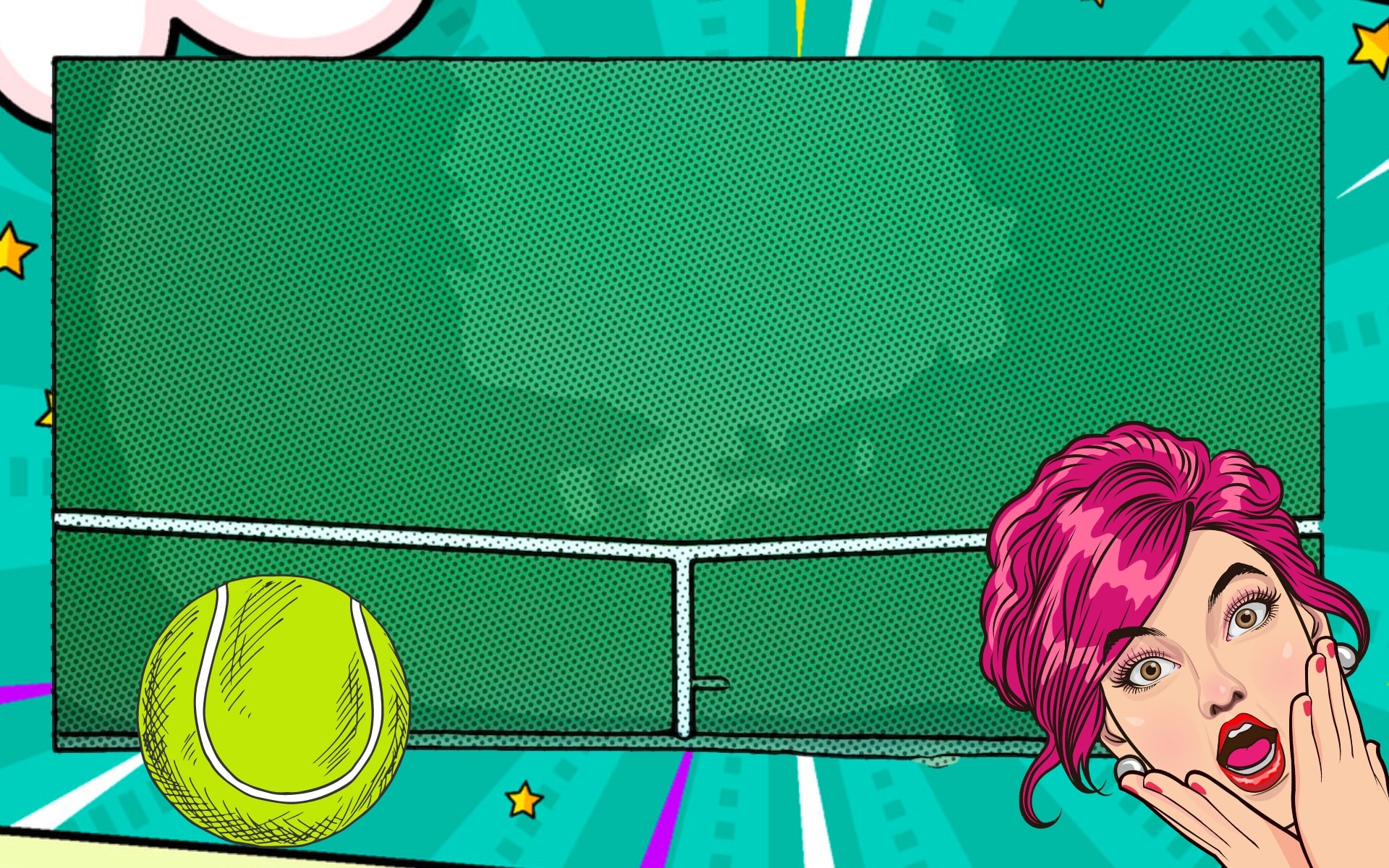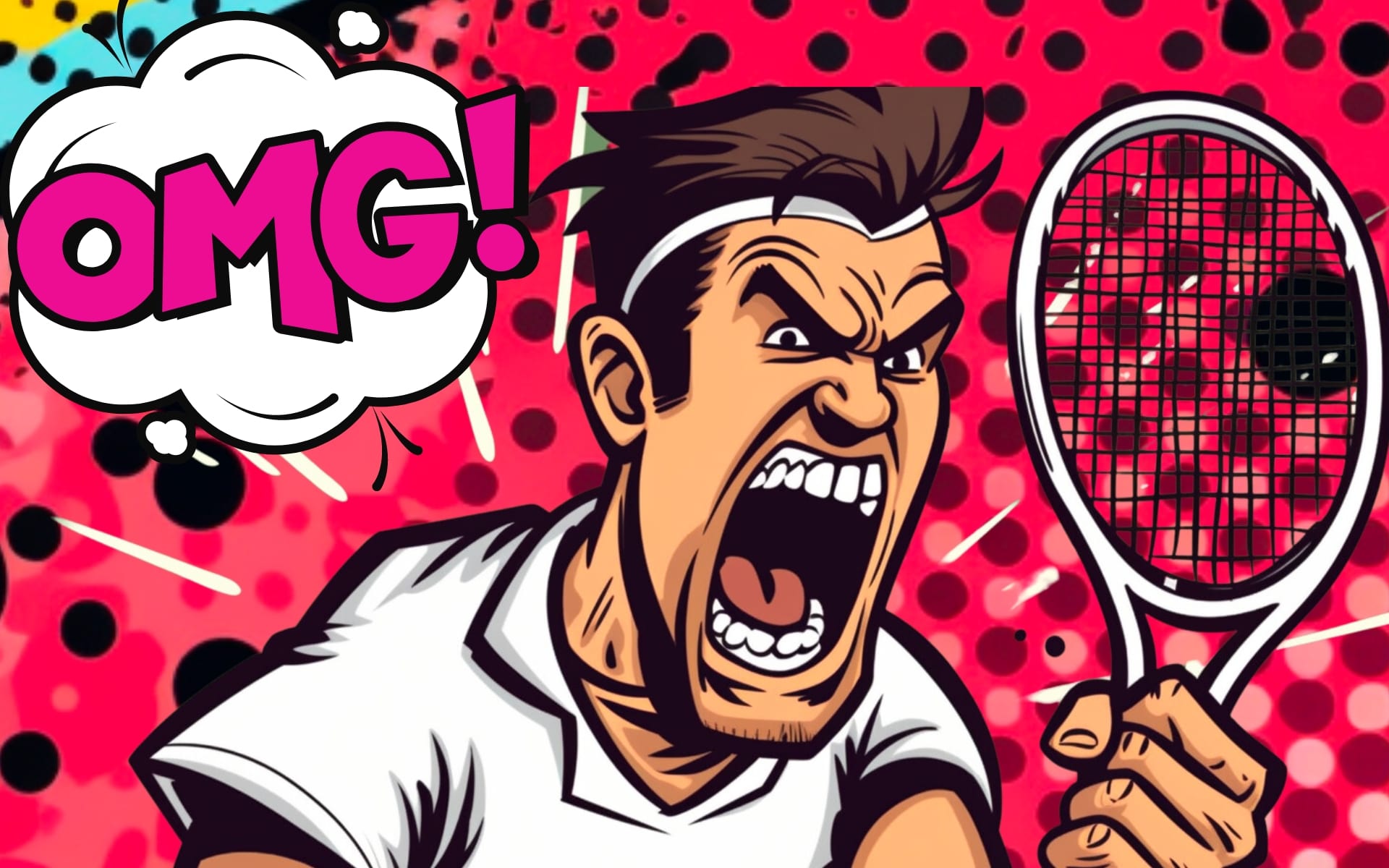In the world of tennis, one of the most effective ways to elevate your game is through tennis wall training. Not only does this method allow you to focus on your own game, but it also offers a cost-effective way to practice tennis without the need for a partner.
Why Tennis Wall Training?
Tennis wall training can significantly improve the consistency and accuracy of your tennis game. By hitting the ball against a tennis wall, you’re able to refine your strokes, from the power of your swing to the precision of your aim. This is a great drill for beginners and seasoned players alike.
Improving Consistency
Consistency in tennis is all about being able to repeat the same grip, swing, and shot placement over and over again. The tennis wall provides a constant target, enabling players to refine their strokes until they can hit the sweet spot consistently.
Enhancing Accuracy
Alongside consistency, tennis wall training also helps in enhancing accuracy. By focusing on a specific point on the wall, players can develop the ability to aim their shots with greater precision.
Key Components of Tennis Wall Training

The Tennis Wall
The tennis wall is the cornerstone of this top tennis training method. A flat, sturdy wall with a consistent surface, without any significant protrusions or dips, will provide the most reliable return. Ideally, it should be at least 10 feet high and 20 feet wide.
The Tennis Ball
In tennis wall training, you only need a standard tennis ball. Over time, you may want to experiment with balls of different sizes and bounce characteristics to challenge yourself further.
The Player
The player’s role in tennis wall training cannot be overstated. This method of training requires good form, patience, and persistence. It’s all about developing good habits and continuously improving your game.
Steps to Start Tennis Wall Training
Warm Up
Like any physical activity, warming up before starting your tennis training is crucial. This can involve light jogging, stretching, and a few slow hits against the wall to get your body ready for practice.
Start Hitting
Once you’re warmed up, it’s time to start hitting. Begin with slow, easy shots, aiming to hit the same spot on the wall consistently. As you become more confident, you can gradually increase the power and speed of your shots.
Advanced Wall Training Techniques
The Volley
The volley is a great drill that involves hitting the ball before it bounces. This exercise helps improve your reaction time and hand-eye coordination, making it an essential part of tennis wall training.
The Groundstroke
Groundstrokes are fundamental in any tennis game. Practising forehand and backhand groundstrokes against the wall helps improve timing and stroke mechanics. For a two-handed backhand, ensure you maintain the same grip and perform early racket preparation for optimal performance.
The Inside Out Forehand and Slice Backhand
The inside-out forehand is a powerful shot that can add variety to your game. Similarly, practising the slice backhand can help you develop a more versatile game. Both these shots can be effectively practised against a tennis wall.
Footwork
Footwork is crucial in tennis. It’s not just about hitting the ball; it’s also about positioning yourself correctly for each shot. Use wall training to enhance your footwork, focusing on moving swiftly and positioning yourself correctly for each stroke.
Benefits and Limitations of Tennis Wall Training
Pros
Tennis wall training offers numerous benefits. It provides a reliable and readily available method for improving various aspects of your game. It is an excellent way to improve shot consistency, accuracy, and footwork, and it allows
Cons
Despite its many advantages, tennis wall training does have limitations. It cannot fully replicate the unpredictability of a real opponent or simulate the strategic considerations of match play. However, it’s an excellent starting point and a powerful tool for ongoing skills development.
Enhancing Skills with Specific Tennis Wall Drills
One Bounce Drill
The one-bounce drill is a fundamental part of tennis wall training. This drill requires the player to allow the ball to bounce once before hitting it back to the wall. It’s an excellent method to improve your timing and reaction speed.
Alternating Shots Drill
The alternating shots drill involves switching between forehand and backhand shots. This practice ensures balanced skill development on both the forehand side and backhand side. The key is to maintain good form while switching between the two.
Backhand Groundstroke Drill
The backhand groundstroke is a crucial part of any tennis player’s game. Practising this shot against a tennis wall can help you develop a reliable and powerful backhand. For those who use a two-handed backhand, it’s a chance to ensure both hands are contributing to the stroke effectively.
Two Handed Backhands Drill
Two-handed backhands offer more control and power, making them a popular choice among many players. By practising two-handed backhands against a wall, you can work on the timing, power, and precision of this particular shot.
Forehand Side Drill
Focusing on the forehand side, you can practice a variety of shots against the wall. From groundstrokes to volleys, focusing on the forehand side can enhance the power and accuracy of your forehand shots.
Remember, the key to benefiting from these drills is consistent practice and focusing on maintaining good form throughout. The more you practice, the more your game will improve.
Conclusion
In essence, tennis wall training is a fundamental tool in every player’s arsenal. It’s an accessible and efficient way to refine your skills and boost your confidence on the court. From enhancing your forehand and backhand shots to improving your footwork, tennis wall training is a fun and effective way to up your game. While it can’t replace the dynamic nature of a real match, the quality of practice it offers makes it an essential part of tennis training.
FAQs
- What type of wall is best for tennis wall training? A flat, sturdy wall without any significant protrusions or dips is ideal for tennis wall training. A wall at least 10 feet high and 20 feet wide is a suitable size.
- Can tennis wall training replace playing with a partner? While tennis wall training is an excellent way to practice and improve skills, it cannot entirely replace the dynamics and unpredictability of playing with a real opponent.
- What are some advanced techniques I can practice with tennis wall training? Advanced techniques include practising volleys, groundstrokes, inside-out forehands, and slice backhands. Tennis wall training can also be used to improve footwork and positioning.
- How can I improve my consistency with tennis wall training? By focusing on hitting the same spot on the wall with the same grip and swing, you can improve the consistency of your shots. The key is to practice consistently and patiently.
- Is tennis wall training suitable for beginners? Absolutely! Tennis wall training is a great way for beginners to develop basic skills, understand the game better, and build confidence.





